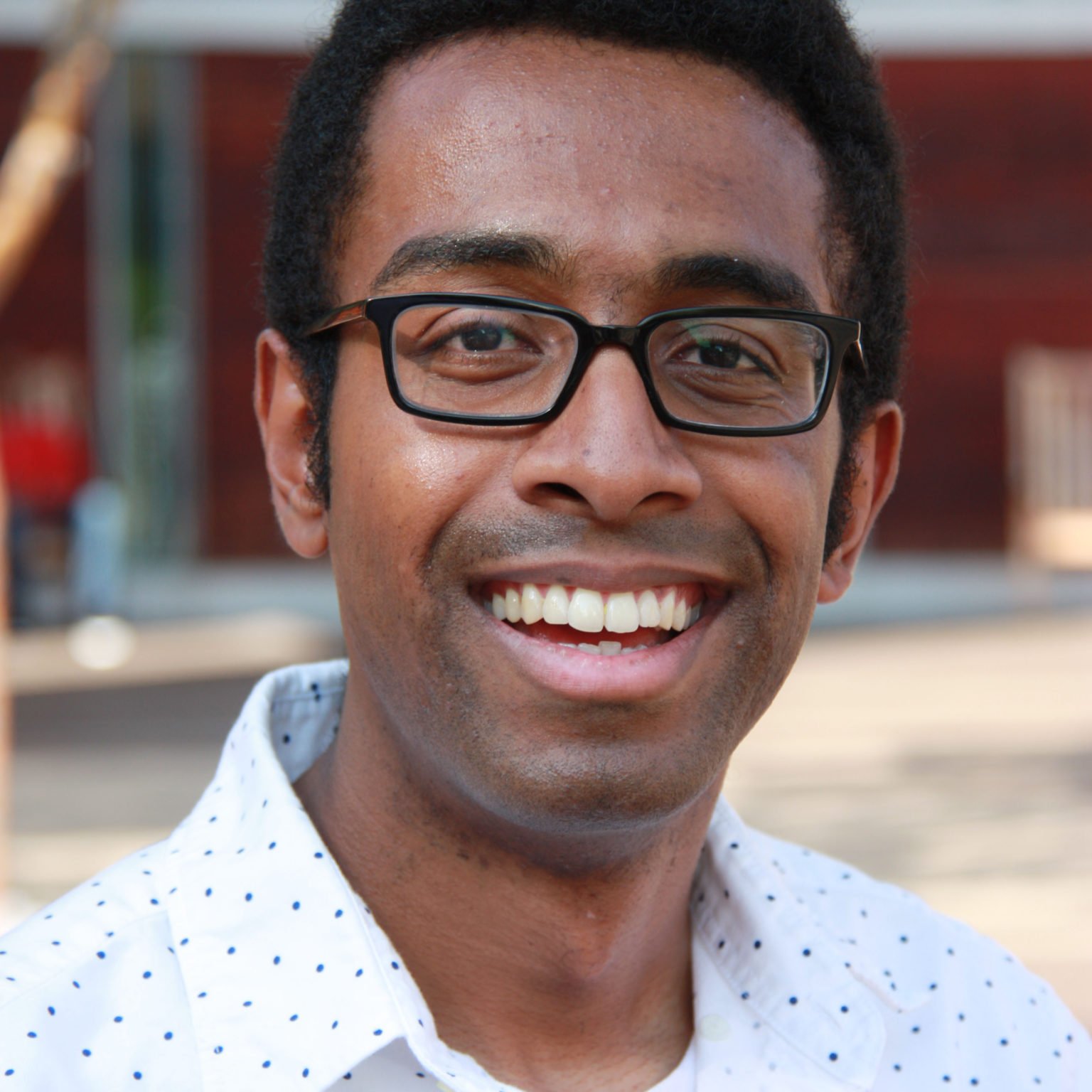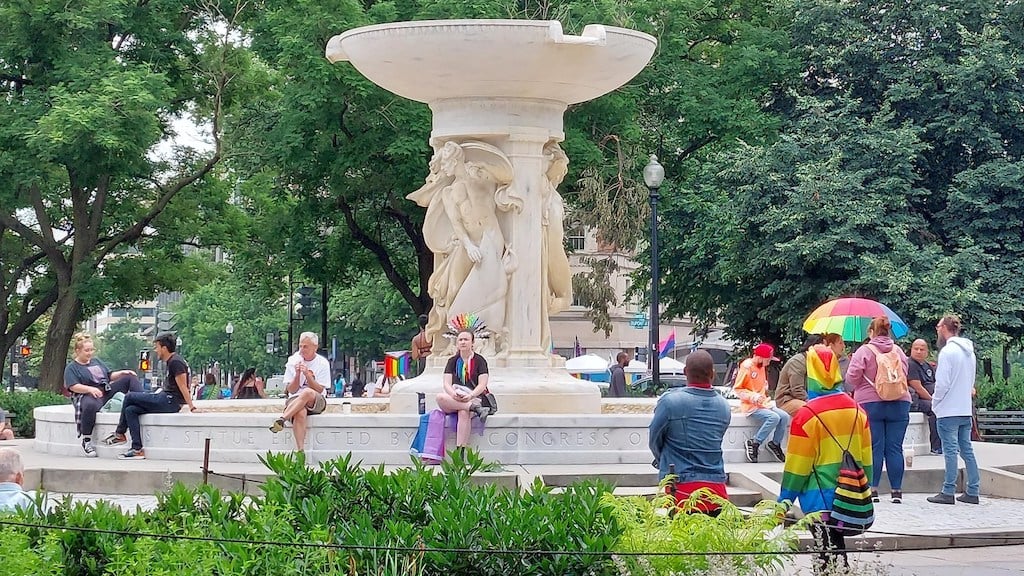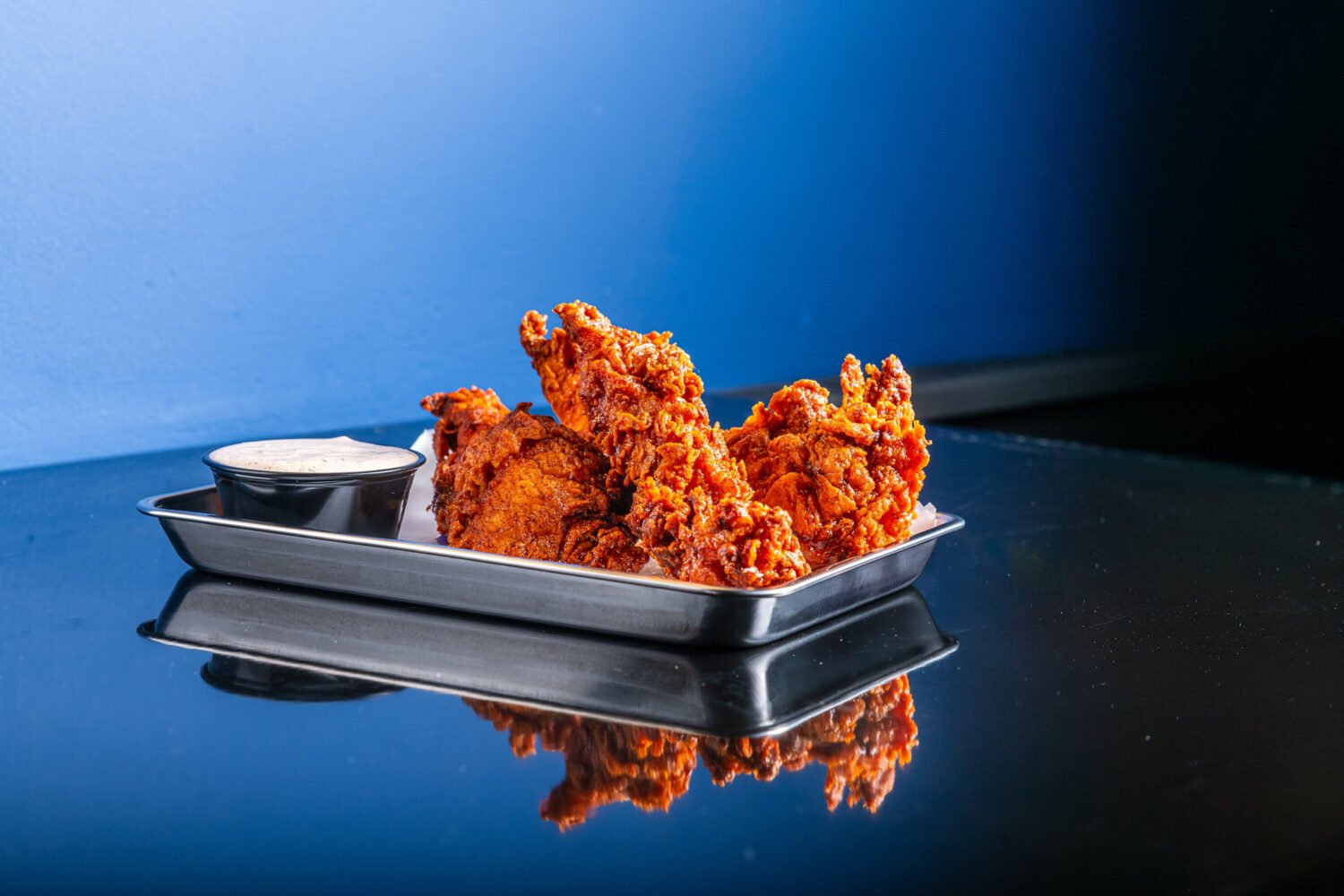I remember my first gay bar. I was 20, newly single, and frustrated. I knew only a handful of gay people at the University of Maryland, where I was a senior, but one night a guy in my campus a cappella group invited me out to Apex, a club near Dupont Circle. Standing at the threshold of the bar, watching the cute boys dance under the strobe lights, I was terrified. But for the first time, I also felt like I was a part of something bigger than myself.
Now Apex is gone. Developers gutted the building last fall and are turning it into office or retail space. Many bars I spent time in are also shuttered, such as Phase 1 (which was briefly in the same space as Apex). Soon another destination will disappear: Shaw’s Town Danceboutique, the vast club where I finally let go of my fear of dancing. Since 2014, at least four significant LGBTQ venues have closed in and around DC’s traditionally gay areas of Dupont Circle and Shaw.
Sad as that is, it points to an even bigger issue: Whither the gayborhood? As a cosmopolitan, international city, Washington has a long history as a hub for the LGBTQ community. Gay people here have always had low-key spots where they went to meet one another. (Apparently, Lafayette Square was a top cruising spot until the 1950s.) But in the 1960s and ’70s, something new emerged—a specific neighborhood where gay people lived and socialized openly, forging a community that proclaimed its budding self-confidence through shared public space. The area’s gay-identified cafes, bookstores, and nightclubs were political as much as functional. It wasn’t just about convenience—it was about pride.
Dupont Circle emerged as the first of these gayborhoods in Washington. The activist group Gay Liberation Front–DC operated out of a house at 1620 S Street. A few blocks away, Lambda Rising bookstore opened in 1974, serving as a de facto community center and pickup spot. In 1975, Gay Pride Day, the precursor to Capital Pride, began in the neighborhood. The Rainbow History Project, an archive of local LGBTQ history, maintains a map of landmarks, and most are within two miles of the circle. LGBTQ life shifted toward Shaw in the 2010s, with bars such as Trade, Takoda, and Uproar gaining traction while classic Dupont spots like Mr. P’s shut down.
But lately, something more fundamental has changed: The whole concept of the gayborhood seems to be disappearing. Plenty of gay people still gravitate toward Shaw, but it no longer feels like the center of DC’s LGBTQ world—where everything is always happening, where you know you’ll be surrounded by like-minded people who get and accept you. Now it’s just another place to have brunch.
What happened? Part of it is economic. Rising rents are making it harder for LGBTQ people and businesses to cluster in DC’s core, and many would-be residents are moving to more affordable areas. Also, digital culture has transformed how people meet and interact. In the era of Grindr, there isn’t as much reason to go to gayborhoods, and even when people do socialize offline, gay-friendly options are flourishing all over the city. It’s so much easier to find your tribe.
Of course, gayborhoods were never just about hooking up. They also offered a crucial sense of security—safe spaces where LGBTQ people were free to be themselves. But as attitudes have rapidly evolved over the last decade, gay culture has started to be absorbed into the mainstream. In Washington, LGBTQ life has now lost much of its sense of otherness, and there isn’t the same need for a designated hub. “There’s less of a gay community in any particular neighborhood,” says Deacon Maccubbin, founder of Lambda Rising, which closed in 2010. “We are everywhere. People feel free to live and party just about anywhere now. Which is great. We’ve come so far.” That gay couple who used to rent an apartment in Dupont? Today they’re just as likely to be married with kids and living in the suburbs.
In Montgomery County, for example, gay people are integrating into the broader community in ways that would have been hard to imagine a generation ago. “It’s so trite, but [I live in] a 1950s neighborhood with a 21st-century twist,” says Brandon Montgomery, a Department of Homeland Security official who lives in Silver Spring’s Indian Spring subdivision with his husband and knows more than 20 LGBTQ couples nearby. “Everyone has cocktails together. The kids run down the street, in and out of houses.” Indian Spring, Montgomery says, has “totally embraced the gays.”
In many ways, all of this represents progress. But to me and many other members of the community, it does seem like something significant has been lost.
“We would go out and get dinner on 17th and then walk over to Dupont Circle,” says Brian Gray, a web developer who has moved to Columbia Heights. “You were surrounded by queer people, and it felt great.”
These days, Gray tends to visit a bar or restaurant for the food, not the scene. “I find myself wishing there were more queer places,” he says. “I’ve been seeking out spaces that feel more like enclaves—more like home. Society is a lot easier for us to navigate, but every now and then you just need that place for gay people. Every city deserves someplace like that.”
This article appears in the October 2017 issue of Washingtonian.



















